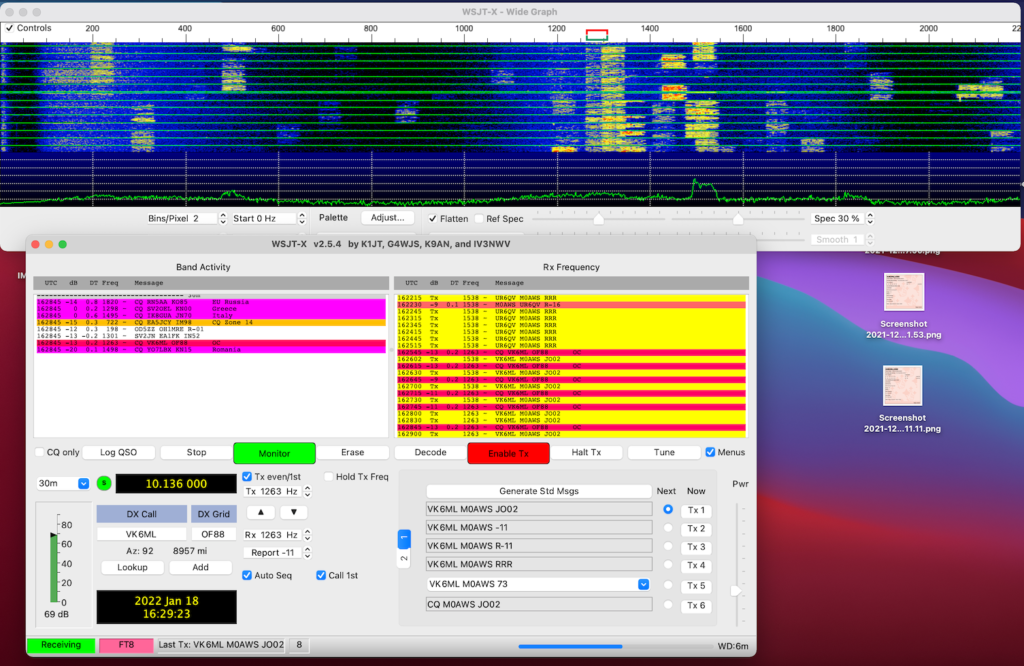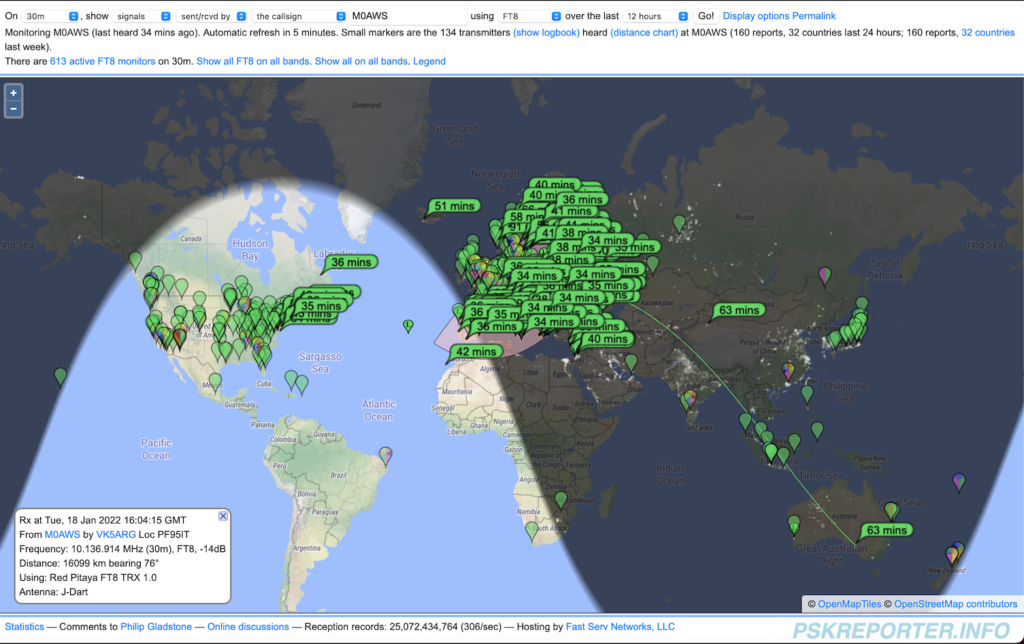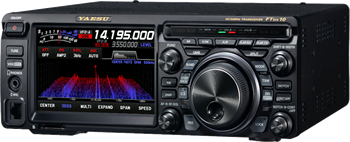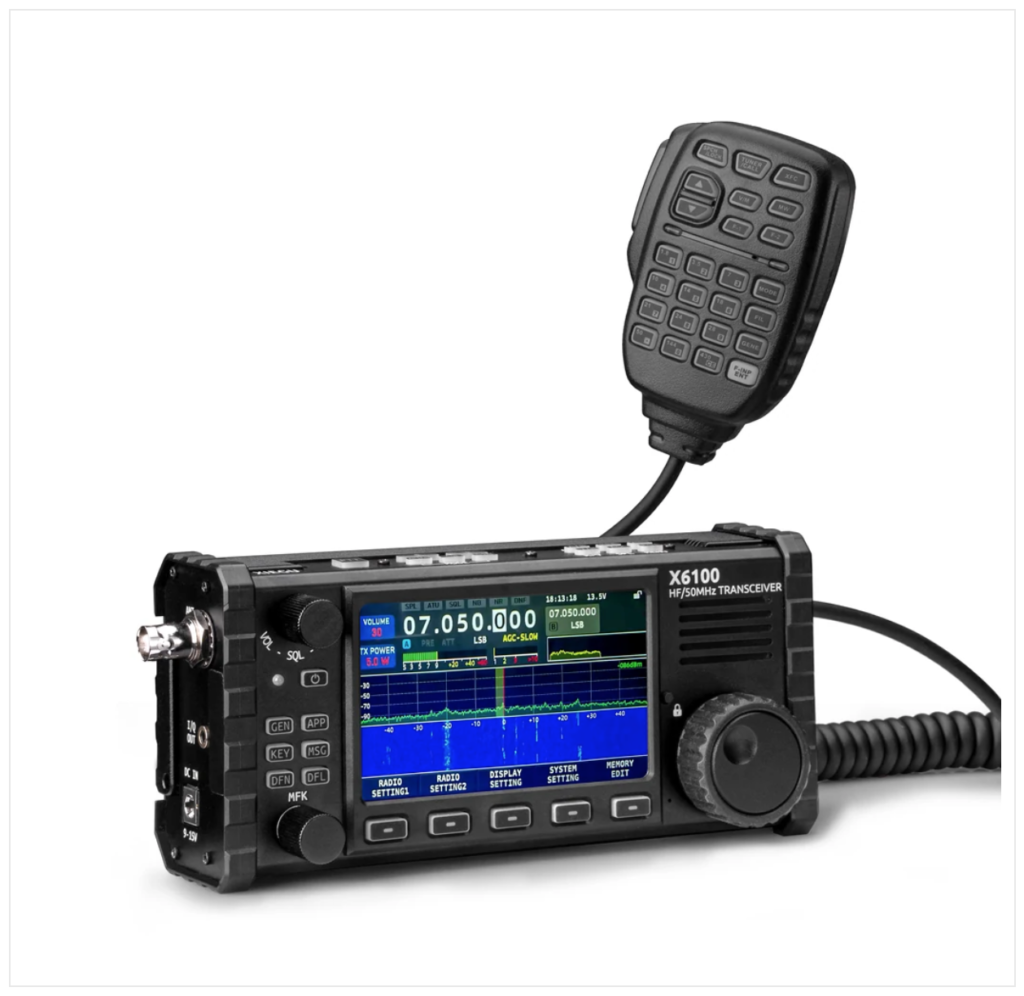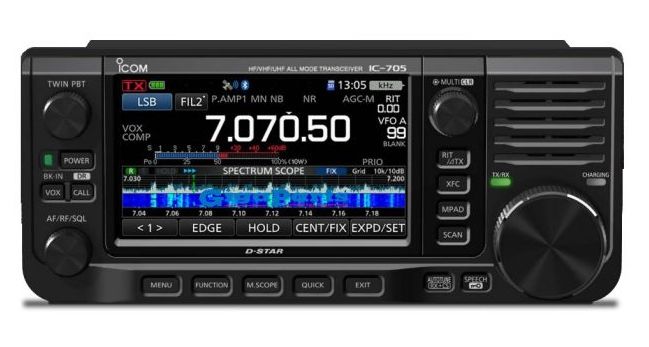I’ve started thinking about antennas for the M0AWS QTH. Unfortunately we only have a typical U.K. sized garden now, which is tiny compared to the acres we had when we lived in France (F5VKM).
So, small gardens means small antennas.
The only direction I can go really is up, although most of my neighbours are very antenna unfriendly!
Like most radio amateurs in the U.K. I’m trying to find a single antenna that will give me the best performance possible on as many bands as possible.
Of course we all know there is no unicorn antenna that does it all but, with some compromise we can do fairly well on a mix of bands with a little consideration.
To this end I’ve been looking at Inverted L antennas. It’s not an antenna I have any real experience of but, it’s interesting to research.

I started with a design for the 40m band. A simple end fed half wave inverted L antenna that consists of two parts. The vertical section is 11.95m high and the horizontal section is 8.7m long. Total length of wire is 20.65m. Modelling the antenna with 1.5mm wire it gives some surprising results.


As shown in the two field plots above, the antenna has an extremely low angle of max radiation making it ideal for DXing. Gain at 10 Deg is 3.99dBi, not to be sneezed at. The 3D plot shows the overall radiation pattern to be almost perfectly circular.
On the 20m band the antenna presents a favourable pattern considering it’s a full wave length long.
The angel of radiation is somewhat higher than on 40m but, this is to be expected.

On the 20m Band the antenna gives a gain of 7.07dBi at 25 Deg. A higher angle of radiation than on the 40m band but, still very usable. At 5 Deg there is 4.29dBi of gain which makes it ideal for DXing.

On the 15m band the pattern isn’t as good as on 40m & 20m however, it would still be usable.


With a gain of 6.04dBi at 25 Deg it should perform very well on the 15m band. At 10 Deg there is a gain of 1.12dBi. The overall pattern is a bit lopsided and it also has more high angle radiation than I really want but, like all multi band antennas there’s always a compromise.
Next I modelled the antenna on the 10m band, the 3D pattern is rather alarming but, it has potential.

There’s a lot of high angle on the 10m band and a somewhat out of balance pattern but, there’s also gain to be had at a lower angle too.

The main gain is 6.37dBi at 45 Deg, ideal for short hop communications however, there is 3.58dBi of gain to be had at 10 Deg, much better for DXing.
It’s not ideal for 10m by any means but, when you take into account that the antenna is 2 wave lengths long it’s hardly surprising.
I’ve still got a lot more work to do on this modelling but, it has huge potential.
I’ve not even started thinking about impedance matching yet, I know it’s going to be a monster and nowhere near 50 Ohms but, I’m sure a simple LC network will do magic with matching it to the transceiver.
More soon …



